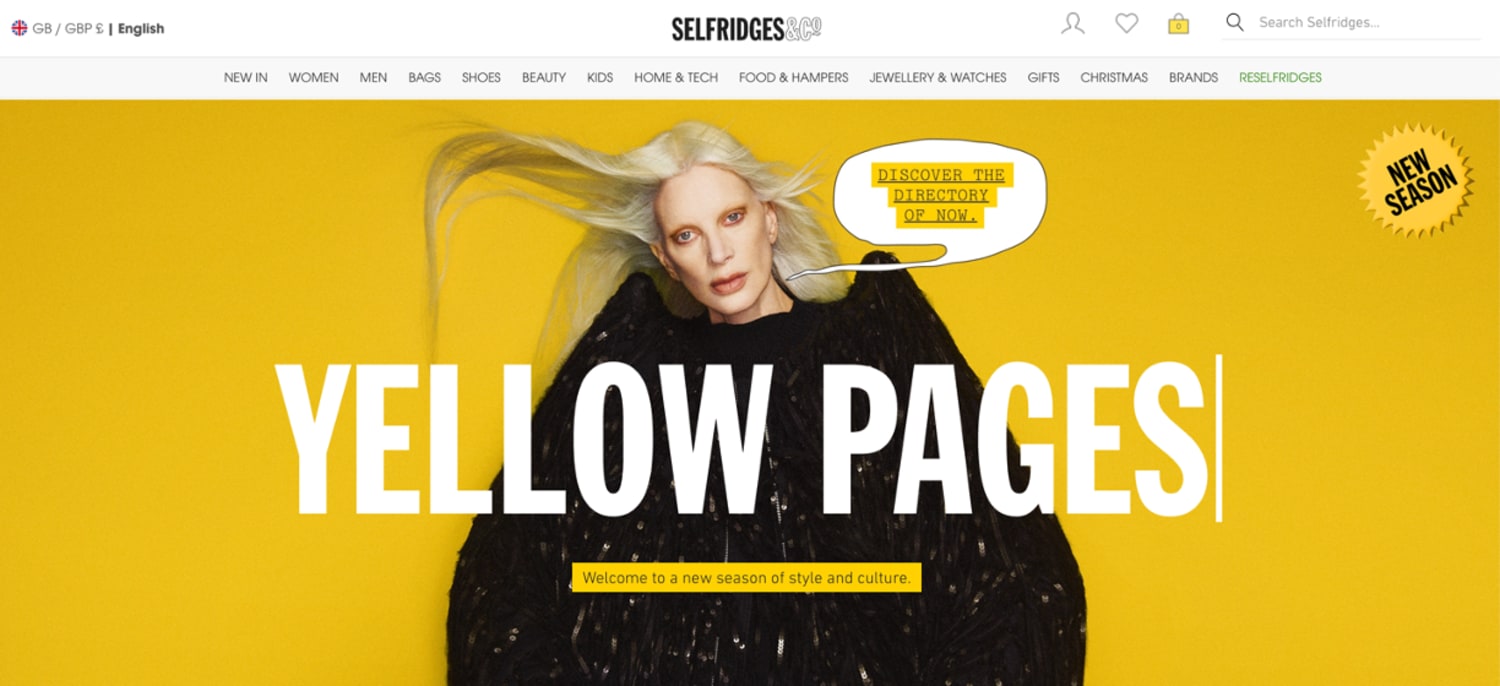In the war for attention, there is a surprising weapon. Print magazines are enjoying a renaissance, with brands and retailers at the forefront.
Selfridges has just launched Yellow Pages, a 72-page ‘zine’ that showcases the fashion, culture and happenings in-store. Conceived as a ‘directory of now’ the autumn campaign was created in partnership with the business directory publisher Yell, which granted the retailer use of its iconic name for the venture.
Meanwhile, the Los Angeles-based lifestyle brand Madhappy debuted Local Optimist, a quarterly title dedicated to “community, collaboration and mindful conversation” that retails at USD 30. The inaugural issue covers topics ranging from ceramics to photography to forest bathing.
US beer brand Budweiser is taking advantage of its broad distribution to support emerging music artists in Colombia. BudMag is a monthly music journal that is printed on the inside of 12-packs of Bud beer. With official ‘circulation’ of more than 110,000 copies, BudMag is now one of the largest music titles in Colombia.
And around the world, dedicated magazine stores like Issues in Toronto, Shreeji in London, Rosa Wolf in Berlin and Reading Room in Milan are thriving, keeping print alive in the digital era.



